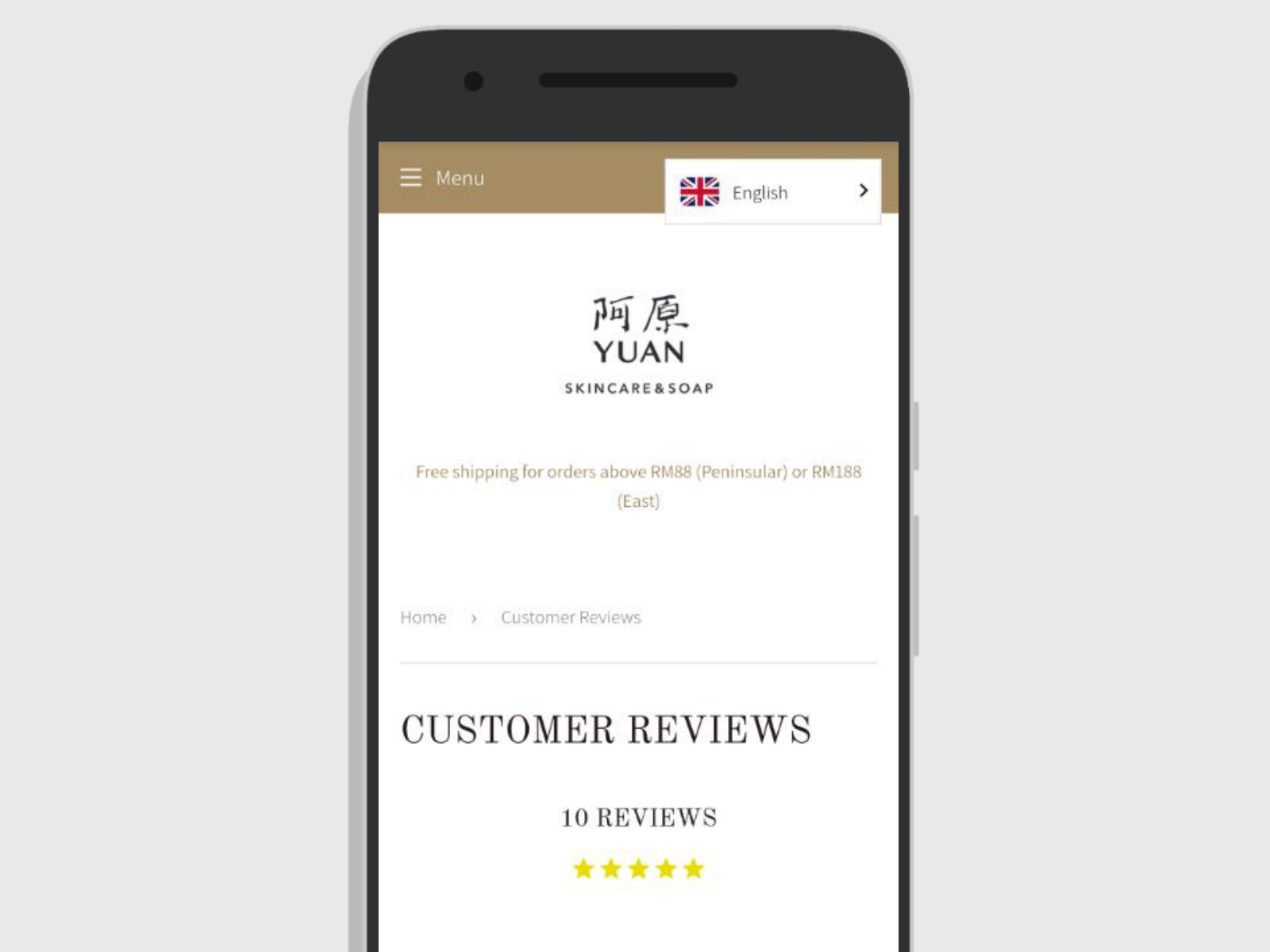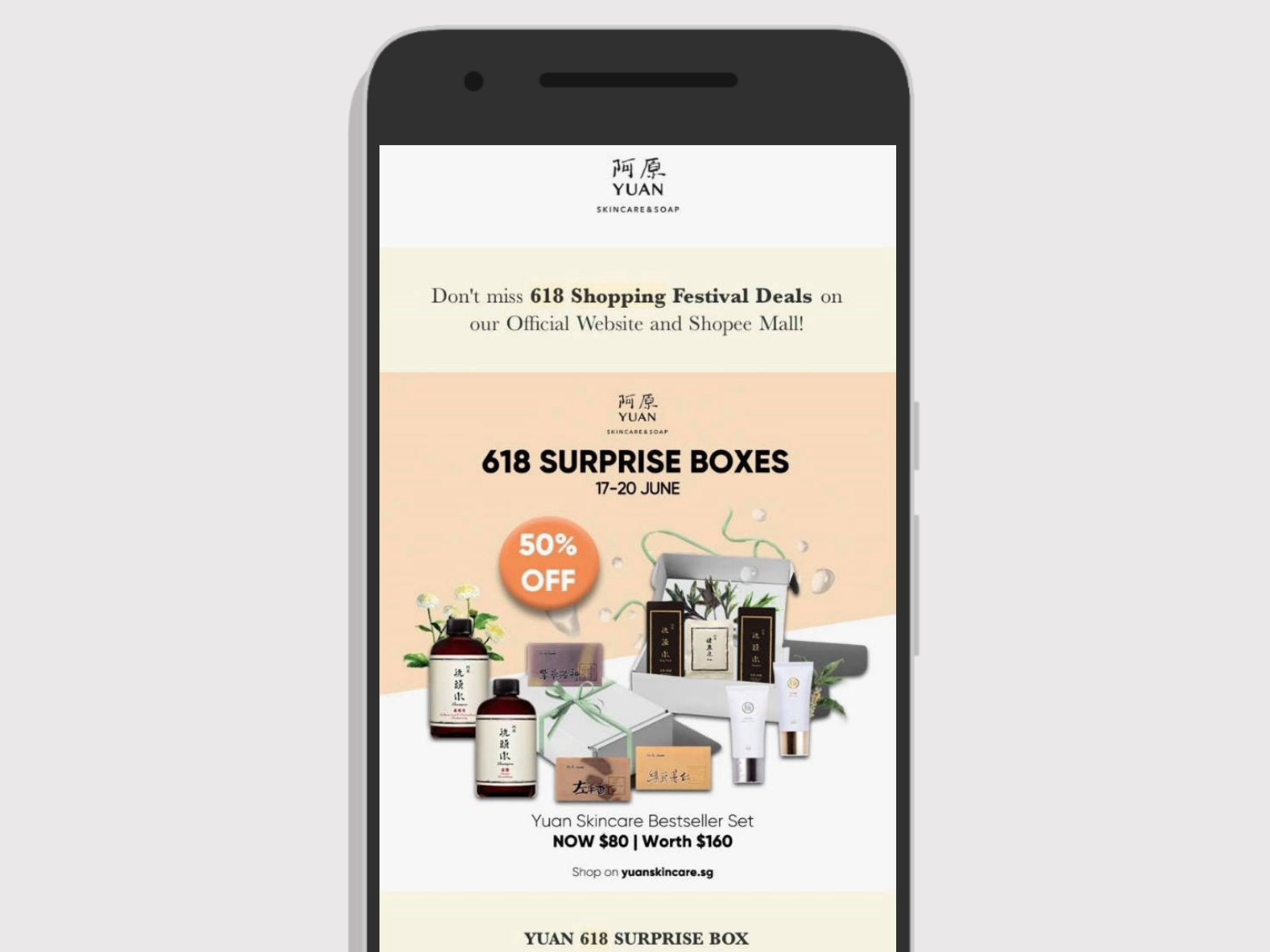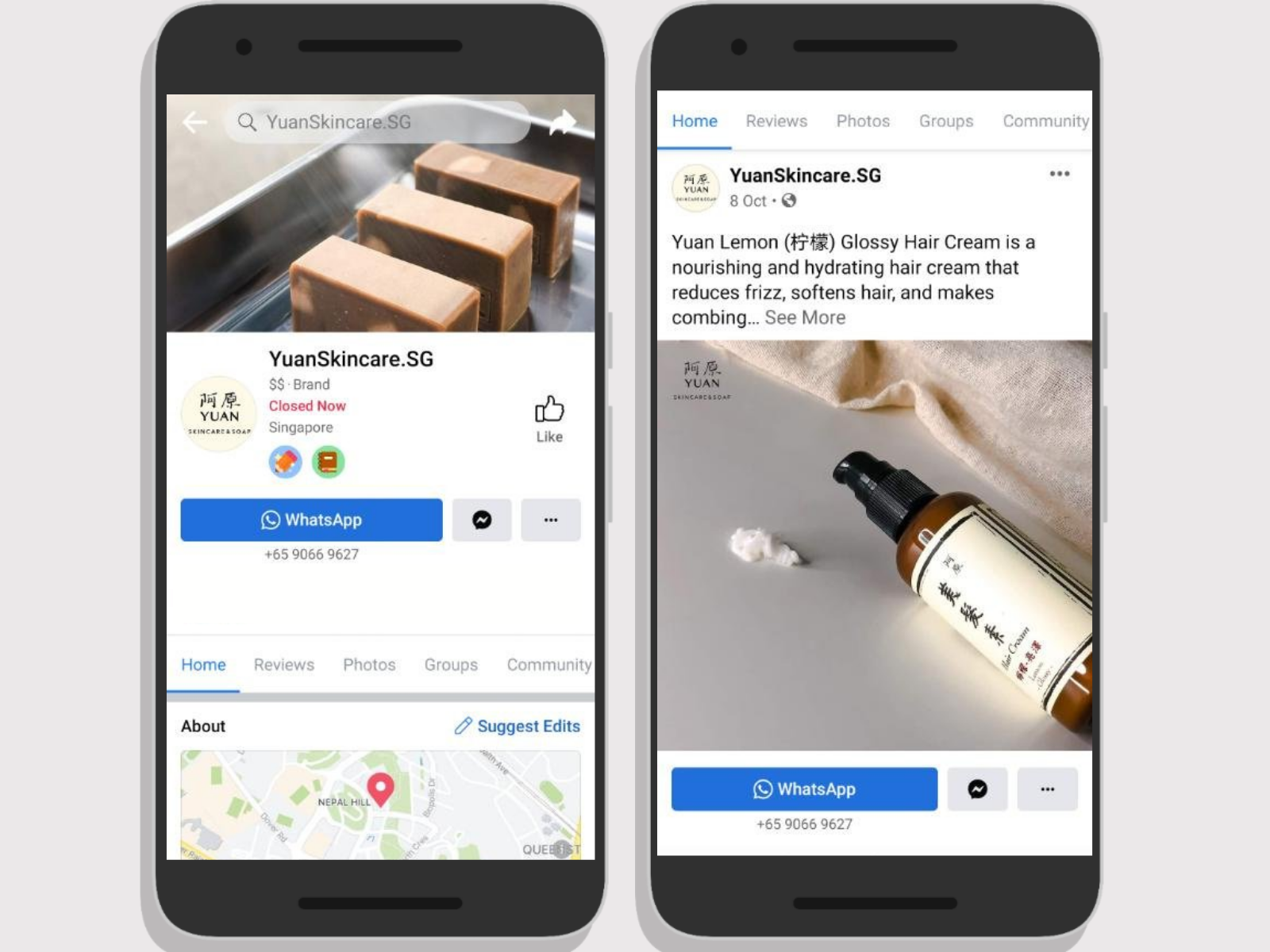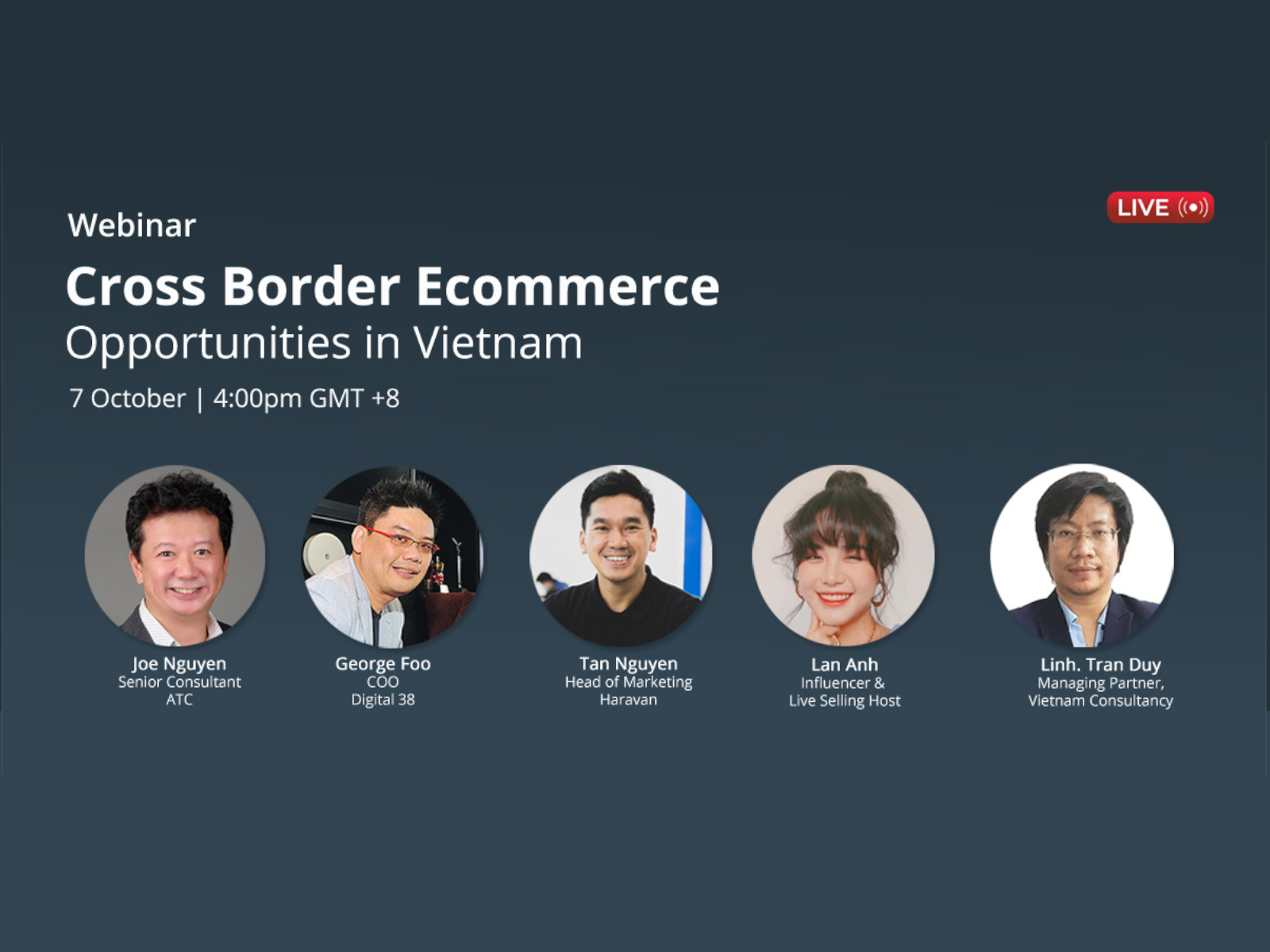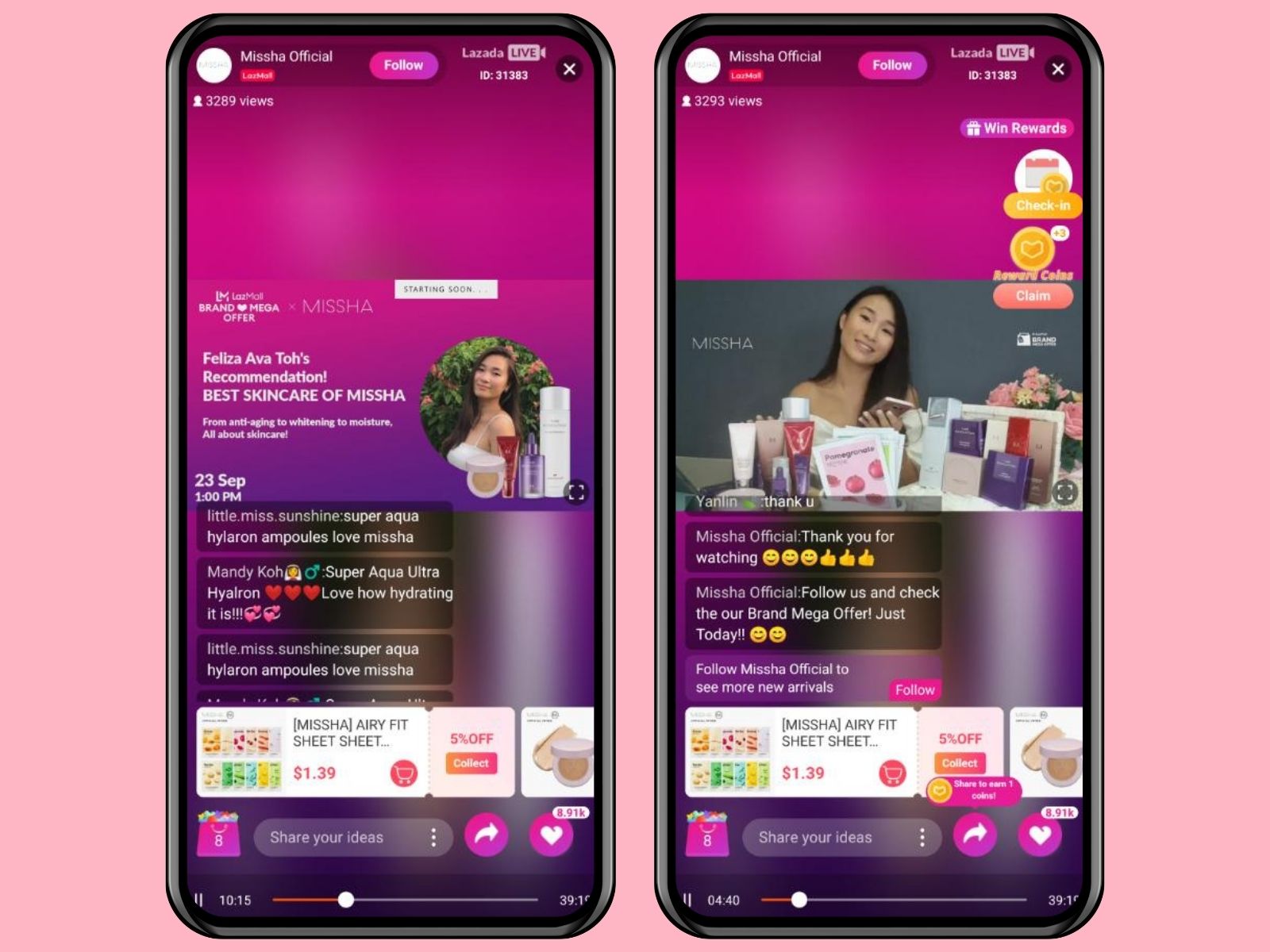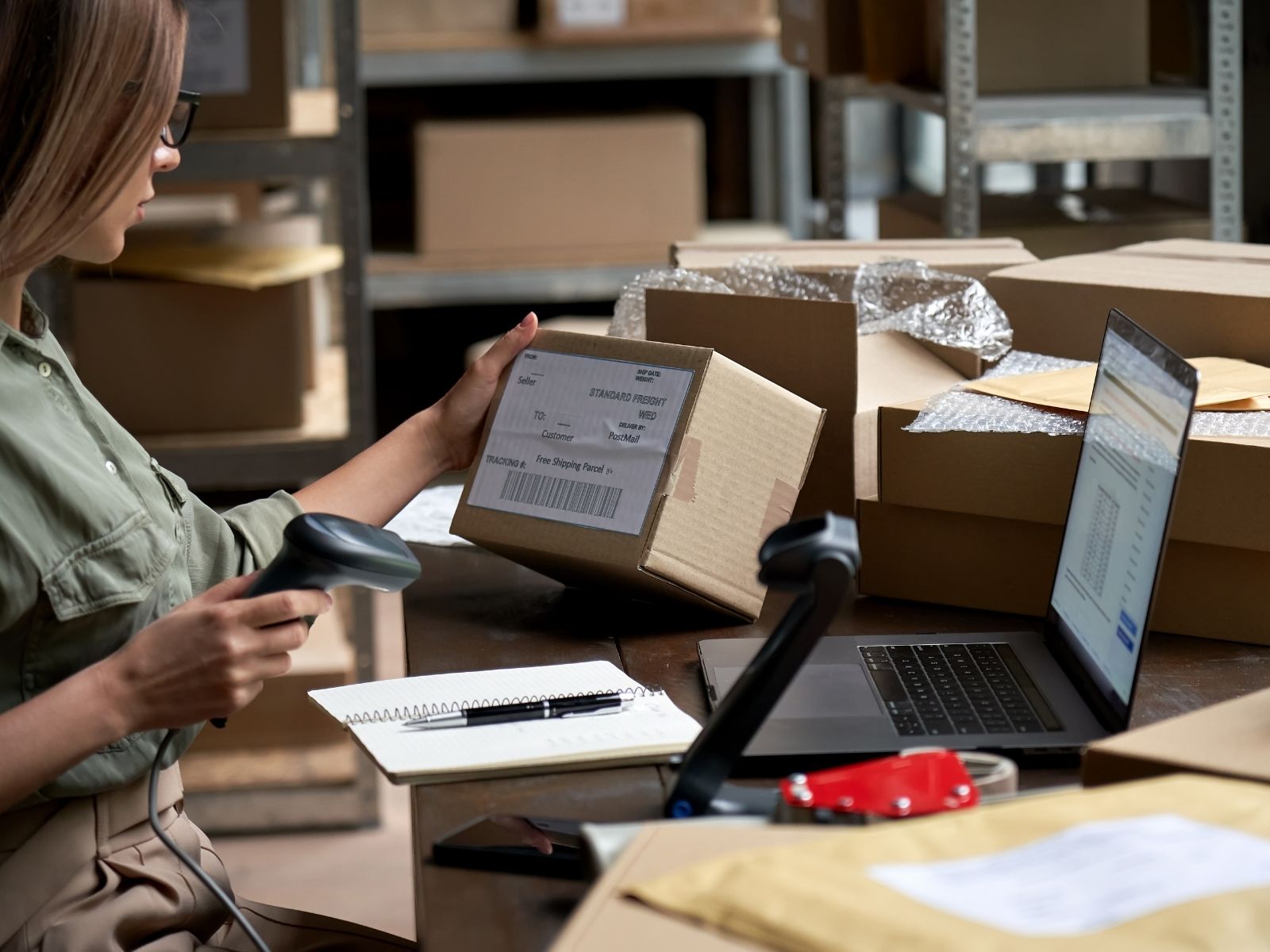Amplifying your brand’s presence through Ecommerce and live-selling could be a sure-way fire for the growth you desire, and did you know you can do both of them through Shopee Live?
What is Shopee Live?

Screenshot of a Shopee Live session by KAO Corp. – Malaysia
That’s right. If you’re a business that has recently expanded in Southeast Asia, you must have heard about Shopee, the region’s largest Ecommerce marketplace. And Shopee actually provides sellers an avenue to host livestreaming session on their platform.
Say hello to Shopee Live!
Shopee Live is Shopee’s exclusive live-selling virtual stage where sellers can not only showcase their products. But also to spread the word about their brand to millions of online shoppers visiting the Ecommerce app.
It is also where brands interact with their existing customers and even potential buyers with the help of real-time video streaming.
How to Do?

Shopee Live is pretty easy to use. Just simply head to your Me tab on your Shopee App and select the Livestream tab below. You will be asked to put your Live Selling title, a brief description about it, and upload a cover image.
Also, you will have to select one of your products on your Shopee Store to be featured under the ‘Related Products’ tab. They will appear once your video streaming event goes live.
Who Can Use?
However, businesses must take note that not all can utilise and do Shopee Live.
According to Shopee’s updated guidelines, only sellers, either existing or new, with good standing and have more than one active shop listing can avail of this feature.
If you need help in activating Shopee Live for your online business, give us a call and our Ecommerce specialists will be able to assist you.
Launch Your Shopee Live Session with Digital 38
The age of online live selling is here.
As more and more consumers turn to online shopping, it’s only inevitable that competition in Ecommerce gets tougher. And this is why businesses should always pay attention to the latest innovations, such as online live selling, to always be ahead of their game.
Want to know more about the potential online live selling for your brand? Check out our case studies below.
- Kao Magnifies Presence in Malaysia through Shopee Live
- Yuan Skincare Sets Foot in Malaysia, Goes Live on Shopee
- How Yuan Skincare Leveraged Live Selling?
And in navigating Southeast Asia’s large and diverse market, we’re here for you.
Digital 38 is a digital media agency headquartered in Singapore. With the goal of integrating and simplifying digital marketing and Ecommerce in the ASEAN Economic Community (AEC), we have supported over 100 brands establish strong presence in the region.
Schedule an appointment with us today to get started on Shopee Live.
#Digital38 #EcomAgency #Ecommerce #shopee #shopeelive #liveselling #asiamarketingsimplified

























